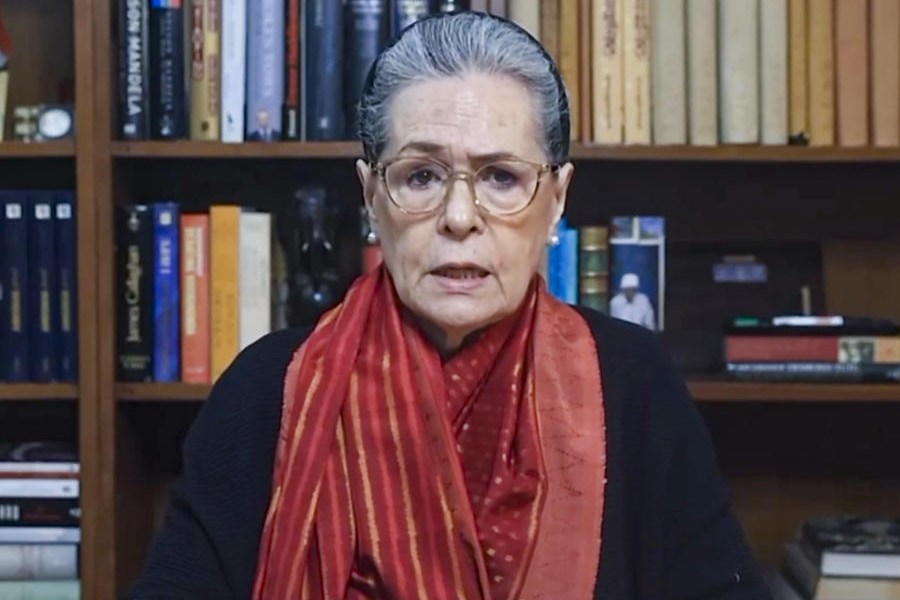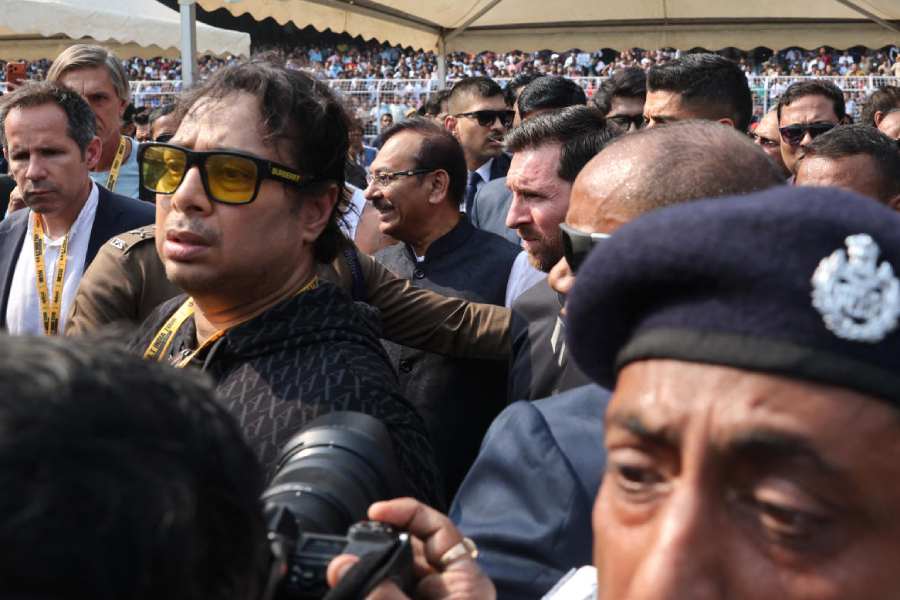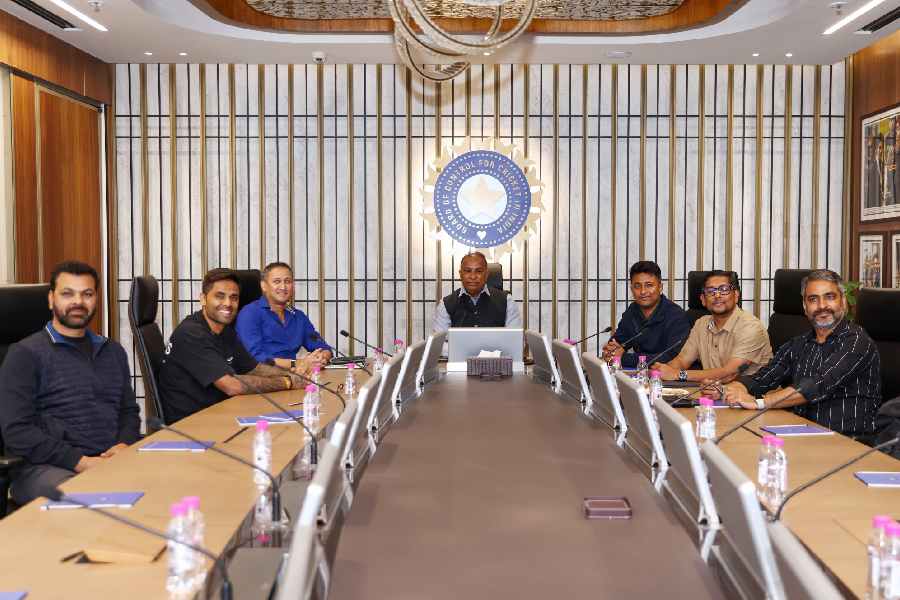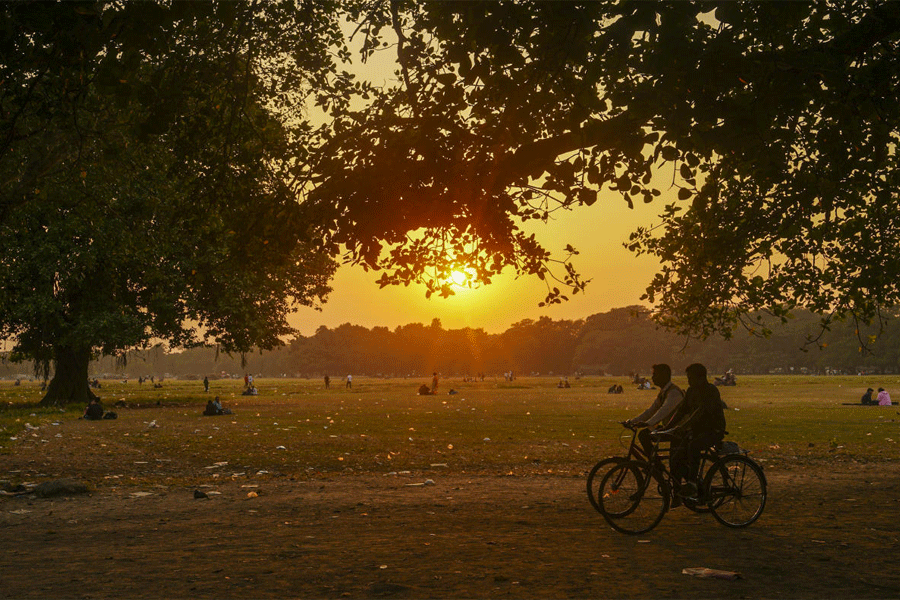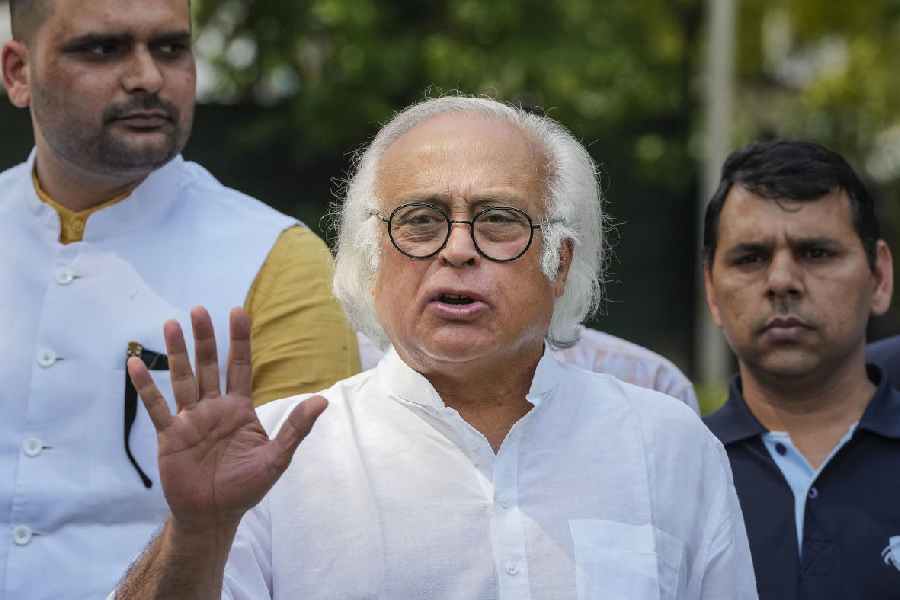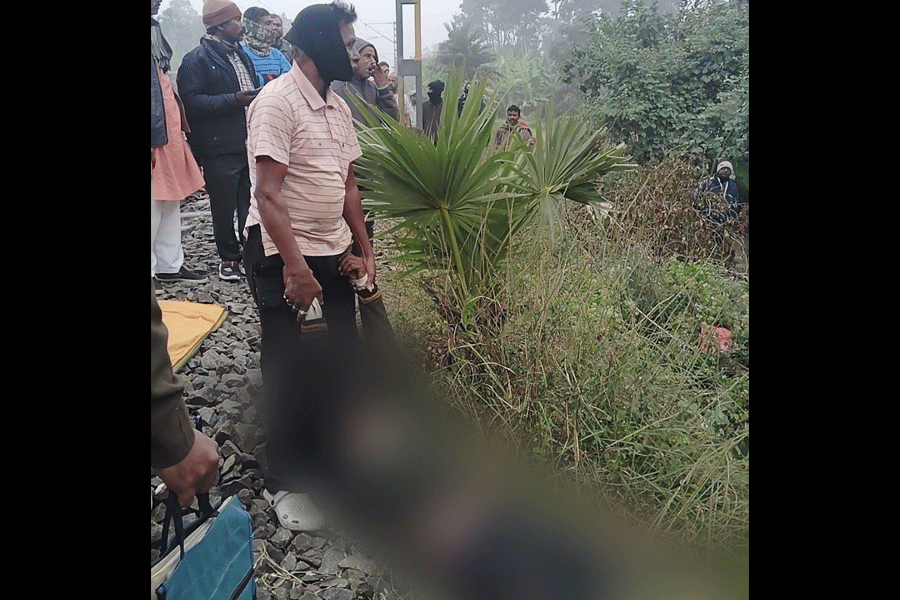Guwahati, Jan. 15: Four young professionals from New Delhi and Mumbai have designed a website where women can simply log in and feed names of places which in their opinion are unsafe for them.
The portal —safecity.in — dubbed “vulnerability map”, was developed by the four on December 25 last year to make cities across the country safer for women.
The four today urged women in Guwahati to write to them, pinpointing the areas where women face harassment. “All you have to do is log on to our website safecity.in, click certain parameters and write about the kind of harassment you have faced or have seen someone being harassed. When more people provide the name of the same place, it becomes a hotspot. The person can also submit a report from Twitter, Facebook or an Android or Apple phone,” one of the members of the group, Saloni Malhotra, said over phone from New Delhi.
Saloni, a young professional from New Delhi, along with Aditya Kapoor (also from Delhi), Surya Bansal and Elsa D’Silva (Mumbai) have started the project and so far many have written to them and more than 100 places have been identified as vulnerable spots where women face harassment.
There are several categories under which the abuse can be mapped. The categories include catcalls, whistles, commenting, ogling, taking pictures, touching, groping, indecent exposure, sexual invites, rape and sexual assault. This, in turn, will plot the locations on a satellite map and create hotspots where such abuse is rampant. By mapping these reports online, this platform will act as an advocacy tool too.
“So far, we have received two complaints from Guwahati and we want more and more people to write to us. Guwahati is expanding and more and more women are using public transport late in the evening. Besides, many incidents of harassment of women have also been reported of late in Guwahati. We want to make it clear that identities of those writing to us will be kept secret,” she said.
The mapping, according to Saloni, will help prevent harassment and tackle the safety issue more systematically. “Once we identify the vulnerable areas of a city and put them on our map, those visiting the particular city from outside can see where it is most unsafe. Even the police can use it as information base and beef up security in those areas. This will help making those areas safe places too,” Malhotra said.
Based on response of women from the cities, a watch group would also be formed to tackle the issue. “We have received very good response from Delhi and on Thursday, we are forming a watch group there,” she said.


